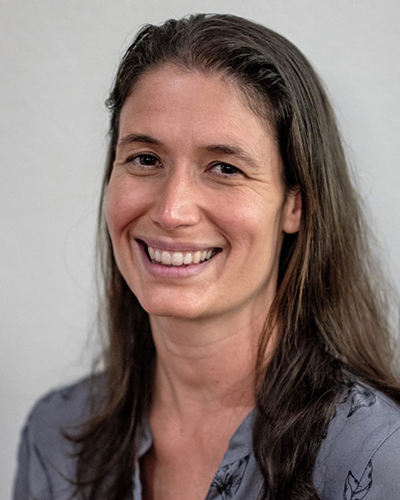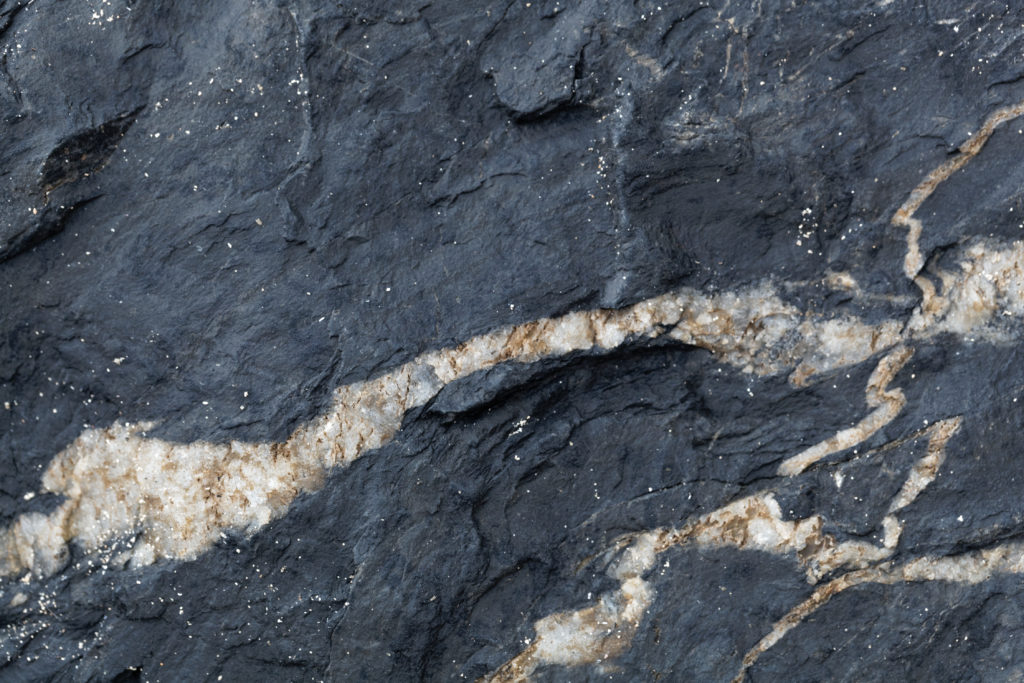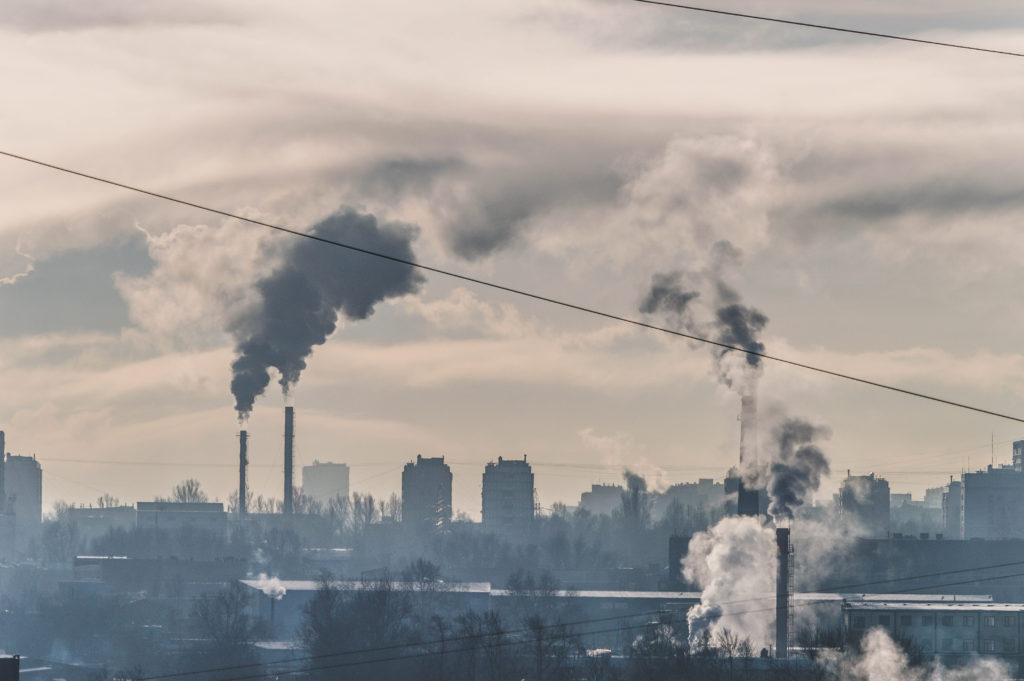Ocean Carbon Dioxide Removal
James Lawler: Humans are land-based creatures. So, it’s not surprising that most of the solutions we’ve developed to address climate change are land-based solutions. One might wonder though, what would our solutions be with a different worldview?
Oceans make up 70% of the Earth’s surface and already, they absorb more than a quarter of the nearly 40 billion tons of annual CO2 emissions through natural processes that are part of what’s called the global carbon cycle. The question is, can we enhance any of these natural processes to pull down even more carbon dioxide?
The answer is we probably can, but we’re a long way from understanding the scale at which we could use the ocean to sequester more CO2, and the potential side effects of doing so.
[00:00:53] James Lawler: In this video, we are going to summarize what we do know so far. Number one, which ocean carbon dioxide removal or CDR techniques show the most potential. Number two, what are the risks and costs of employing them? And number three, how should we proceed in testing and developing these technologies?
[00:01:16] James Lawler: To start, let’s take a look at what the ocean already does to draw down CO2. Seawater and air exist in a kind of physiochemical balance. The higher the concentration of CO2 there is in the atmosphere, the more CO2 gets dissolved into the seawater in the form of carbonic acid.
[00:01:33] James Lawler: So, as we pump more and more CO2 into the atmosphere, we are also adding more CO2 to the oceans. Once in the ocean, the biosphere steps in, as Dr. Kim Mayfield, a geochemist and research scientist at Lawrence Livermore National Lab, explains.
[00:01:49] Kim Mayfield: So, what’s happening is that you have CO2 from the atmosphere. It’s dissolving into the surface water of the ocean. And think about like how plants do on land, that’s what plankton, or primary producers, that’s what they do in the surface waters.
[00:02:03] Kim Mayfield: So, they’re taking this CO2, drawing it their little bodies, and then the primary consumers, things like animals on land—in the ocean, it’s probably zooplankton—it goes and eats it. And all the meanwhile, while this food web is doing its thing in the surface waters, this carbon is sinking down lower and lower into the deep ocean.
[00:02:22] Kim Mayfield: Now, some of that carbon is certainly getting recycled. It’s getting pushed back up into the surface waters, but some of it is sinking all the way down into the deep ocean and ends up dissolving into the deep ocean or getting locked away in the marine sediments. So, what we call this is the ocean biological carbon pump.
[00:02:43] James Lawler: Ocean CDR strategies aim to perturb the biochemical ocean system in order to increase the drawdown of CO2 from the atmosphere. But before we get into the specifics of how this might be done, we need to explore what it actually means to try to engineer a specific outcome, like increased CO2 drawdown, from a system as complex as the ocean.
[00:03:05] James Lawler: So, let’s do a thought experiment. Let’s simplify things. Imagine a beaker of deionized water. We can add a little table salt, or sodium chloride, for fun. The system we’ve created is way simpler than the ocean. It’s just air, water, and some salt, but these three phases are interacting with each other in many different ways, driving all of these chemical reactions.
[00:03:28] James Lawler: The equilibrium, or chemical balance, for each reaction is dependent on the others, and on the conditions of the beak. So, if I were to add more salt, warm it up, or put a lid on it, or perhaps add more CO2 to the air, every one of these chemical reactions would adjust to these changing conditions, and often in ways that are hard to predict.
[00:03:50] James Lawler: The ocean is way more complicated than the beaker. Whereas our experiment only dealt with a few elements in the ocean, most elements on the periodic table are participating in thousands of biogeochemical reactions that are interconnected in ways we don’t understand.
[00:04:06] Kim Mayfield: If there is anything that we have learned over all of our generations and lifetimes of knowledge, we know that the ocean is complex.
[00:04:14] Kim Mayfield: You’re fishing one species, it affects another completely far away, different trophic level. Ocean food webs are complex. Ocean chemistry is also complex. If we are going to be sequestering a lot of carbon, if we are going to be manipulating that ocean biological carbon pump, then we need to be prepared for even effects that we don’t think of right now, or even know could possibly happen.
[00:04:37] James Lawler: Okay, so keeping that huge caveat in the back of our minds, let’s take a look at how perturbing the ocean’s biochemistry to remove more carbon dioxide might work.
[00:04:47] James Lawler: There are two categories of ocean CDR techniques: those that try to speed up the biological pump, so that more CO2 that is dissolved in the surface water sinks into the deep ocean and sediments, and those that try to increase the solubility of CO2, so that more CO2 dissolves into the ocean in the first place.
[00:05:10] James Lawler: Biological CDR techniques all work by increasing the growth rate of the photosynthesizing organisms like microscopic phytoplankton, or sea grasses and seaweeds. A few approaches have been proposed to increase CO2 uptake by increasing the biomass of phytoplankton.
[00:05:29] James Lawler: Ocean fertilization involves supplying a key nutrient into a part of the ocean where it is naturally scarce, much like fertilizing crops. The most common growth limiting nutrients that might be added are iron, phosphorus, and nitrogen. Artificial upwelling involves dredging nutrient-rich water up from the deep ocean into the photic zone, where photosynthesizing organisms have the sunlight they need to live.
[00:05:55] James Lawler: The most studied of these techniques is artificial iron fertilization, which has the potential to sequester as much as 3.7 gigatons of CO2 every year, at costs between eight and eighty dollars per ton CO2. But for this or any nutrient seeding method to work, once you increase the volume of phytoplankton growing in the photic zone, they need to sink down into the deep ocean, where their carbon rich biomass would remain for thousands of years.
[00:06:21] James Lawler: Dr. Will Burns, visiting professor in the environmental policy and culture program at Northwestern University, explains why this might be a problem for these types of approaches based on existing field studies.
[00:06:33] Will Burns: The only way that you will get sequestration is if this phytoplankton has the CO2 when they drop below the photic layer, or the light layer, and ultimately end up in the deep ocean. If it’s consumed at surface, or it remineralizes before that photic layer, the CO2 is going back into the atmosphere. And virtually none of the studies found much either phytoplankton production or sinking below the photic layer.
[00:07:03] Will Burns: It could also rob other areas of nutrients, and so you might have fisheries downstream that no longer have the nutrients that they need to thrive, and so forth.
[00:07:14] James Lawler: Biological techniques focused on macroscopic organisms like sea grasses or large seaweeds, like kelp, could potentially solve the problem of getting the carbon to the deep ocean, if we sink the seaweed we grow before it’s consumed by animals at the surface.
[00:07:29] James Lawler: Seaweed farms come with some added benefits too. They can absorb the heavy nutrient flow of urban and agricultural runoff that leads to algae blooms and fish kills in coastal environments.
[00:07:38] James Lawler: They can promote biodiversity, and they can complement shellfish aquaculture by locally soaking up dissolved CO2 and removing local ocean acidity.
[00:07:47] James Lawler: All good, right? Well, not quite. First, to sequester just 0.1 gigatons of CO2, and remember we release about 40 gigatons of CO2 every year, by growing a seaweed forest and then sinking it to the sea floor.
[00:08:01] James Lawler: You’d need a seaweed farm that’s 7.3 million hectares in size. That’s the equivalent of a hundred-meter-wide continuous belt of seaweed running along 63% of all coastlines of every continent and island in the world.
[00:08:15] James Lawler: The other issue is what giant seaweed farms could do to natural ecosystems. Near the surface, they could rob other organisms of nutrients and light, and in the deep ocean, the decomposition of so much seaweed could alter the chemical balance of seafloor ecosystems, creating an influx of CO2 and nutrients, and taking up all of the available oxygen.
[00:08:37] Kim Mayfield: Let’s say that you want to go and raise massive swaths of macroalgae, think like giant kelp, everywhere, and then you’re just going to tie it to some cinder blocks and sink it down in the ocean. Well, something might live down in the ocean where there’s all of these really neat deep-sea communities. The deep sea does have things living in it, and we don’t know how damaging their deep-sea habitat could impact the carbon cycle moving forward into the future. And how do you value an environment that you don’t see on a day-to-day basis? It’s kind of complicated.
[00:09:14] James Lawler: It is complicated. And so, let’s consider the other suite of ocean CDR approaches, which focus on changing ocean chemistry.
[00:09:26] James Lawler: First, there is ocean alkalinity enhancement. In this scenario, we would dissolve finely ground rock into the ocean to increase the ocean’s alkalinity, which is like adding a base to increase ocean pH.
[00:09:39] James Lawler: To maintain the sea water’s chemical equilibrium, more CO2 will get drawn down from the atmosphere, dissolving in the sea water to form carbonic acid and balancing out the base. The benefits of this technique are that number one, it could work at scales greater than one gigaton of CO2 drawdown per year.
[00:09:57] James Lawler: Number two, it will likely keep the dissolved CO2 stable in the ocean for hundreds or thousands of years. And number three, it could decrease ocean acidification, which is important for corals and animals with shells. A big downside for ocean alkalinity enhancement is the cost of extracting, processing, and transporting the necessary rock or mineral.
[00:10:18] James Lawler: Cost estimates range from 50 to 150 U.S. dollars per ton of CO2 sequestered, not including the costs of mitigating the environmental impacts of a huge amount of mining. And, some of the sequestration benefit would be offset by emissions from the energy intensive processes of extracting and grinding the rock particles.
[00:10:36] James Lawler: But, nature might have provided us a workaround. A pilot study is investigating rock flour, which is the fine silt created when glaciers scour and abrade the rocks at the Earth’s surface. With its ice sheet quickly melting away, Greenland is particularly rich in this material. For example, just one glacial lake on the edge of the Greenland ice sheet holds about 3 billion cubic meters of rock flour, enough to capture almost a gigaton of CO2. And this stuff is already crushed and sitting on the coasts of Greenland, ready to be transported.
[00:11:07] James Lawler: That said, just like seaweed farming, we need to do a reality check on the scale of intervention here. Transporting those 3 billion cubic meters of rock flour to tropical waters, where they would dissolve quickly, would require the largest cargo vessel in the world taking about 5,000 trips.
[00:11:23] James Lawler: For context, the total number of container ships operating globally is just over 5,000.
[00:11:29] James Lawler: The last option we are going to look at is electrochemical engineering. Electrochemistry is a technique that uses electricity to drive chemical reactions. In this context, we would pump seawater into a processing facility where we’d use an electric current to create reactions that separate CO2 from sea water.
[00:11:47] James Lawler: The current would locally change pH conditions of the sea water to more acidic or basic solutions, decreasing how much CO2 can remain dissolved in the water. The CO2 could be degassed, and then we’d sequester it on land as we do with other carbon capture techniques. The remaining fluid, which now has a higher pH because we pulled out the carbonic acid could be discharged back into the ocean and essentially act like an ocean alkaline enhancer, causing further drawdown of CO2.
[00:12:16] James Lawler: The downsides to this technique are that it is expensive, costing hundreds to thousands of dollars per ton sequestered, and its very energy intensive, so it doesn’t make sense to do this until we have a completely decarbonized energy sector.
[00:12:33] James Lawler: While the techniques we have discussed all have the potential to remove significant amounts of carbon dioxide from the atmosphere, we are far from understanding what the downstream effects of these interventions might be, and unfortunately, the only way to really find out is to carefully scale up the research in natural marine settings.
[00:12:51] Will Burns: We have put ourselves, my generation, my parents’ generation, and so forth, have put ourselves in a position where we have to contemplate these risky technologies because of the dire implications of not considering them.
[00:13:08] Will Burns: But we have to acknowledge the fact that there are risks, and that some of those risks carry huge uncertainties that we won’t know the answer to until we scale up, but scale up we’ll have to, in a lot of cases, if we’re going to determine it.
[00:13:21] Will Burns: I don’t want the private companies alone involved in this. I want the international treaty regimes that have already to some degree talked about this and talked about the need for risk assessment protocols, and only doing it for scientific purposes, and not just allow private companies to be cowboys in the oceans.
[00:13:41] James Lawler: Those international treaty regimes are the United Nations Convention on Law of the Seas and the London Convention and London Protocol. The first of these requires that scientific interventions taking place in the ocean must not “unjustifiably interfere with other legitimate uses of the oceans,” and the second regulates “marine pollution by dumping of waste and other matter,” which can include material that would be used in artificial fertilization, alkaline enhancement, and in some cases, seaweed cultivation. Entrepreneurs cannot simply go out into the ocean, try one of these methods, and see what happens.
[00:14:18] James Lawler: We have to develop careful experiments with detailed monitoring protocols, and approval from all relevant jurisdictions, and in collaboration with any potential stakeholders.
[00:14:27] Kim Mayfield: It’s also important to just think about all the different communities that live near these coastal areas, that live near the ocean, and how to best involve them in the different projects that are going to be taking place.
[00:14:39] Kim Mayfield: I think that some of the best science and most exciting works can go unnoticed if they’re not communicated. So, I think that’s something that I would personally love to see moving forward is for all these different, exciting ocean-based carbon dioxide removal ventures to really include the communities in the areas that they’re working around.
[00:15:01] James Lawler: Ocean carbon dioxide removal technologies are not ready to deploy tomorrow. As we build our knowledge about whether these could be safe and effective solutions, our priority must continue to be fast-paced, decarbonization and efficiency improvement. And, we should keep exploring other ways the ocean could contribute to decreasing atmospheric CO2.
[00:15:21] James Lawler: The sea floor is the ideal composition for CDR through mineralization, which we discuss in its own dedicated video in our CDR series, and we explore the CDR potential of restoring Marine ecosystems in our video on nature-based solutions for carbon dioxide removal. You can find these videos and more at climatenow.com.
[00:15:39] James Lawler: Don’t forget to click subscribe to catch all of our upcoming episodes. Thanks and see you next time.







